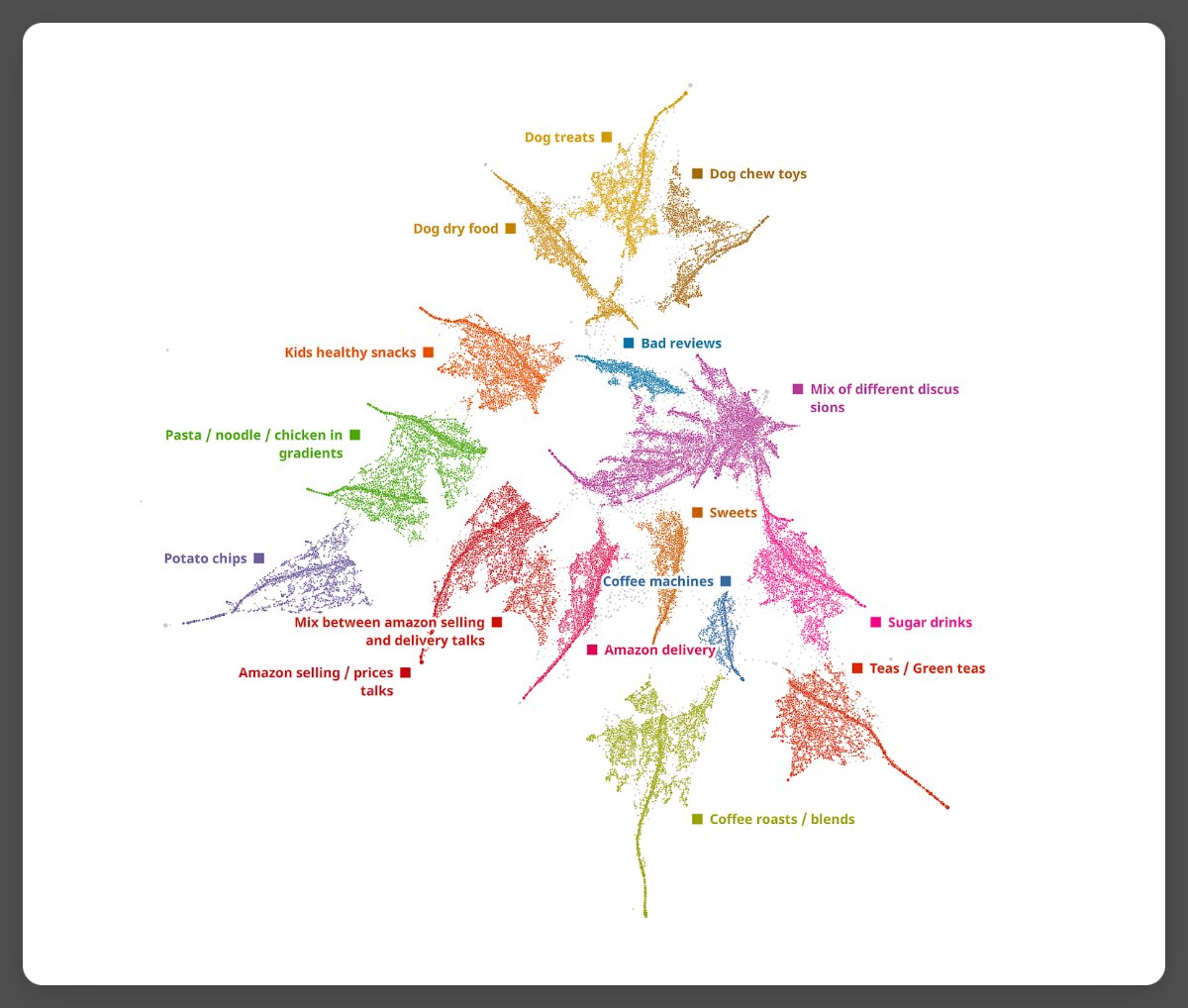GPT-4 is getting worse over time, not better.
Many people have reported noticing a significant degradation in the quality of the model responses, but so far, it was all anecdotal.
But now we know.
At least one study shows how the June version of GPT-4 is objectively worse than… https://t.co/whhELYY6M4twitter.com/i/web/status/1…

Many people have reported noticing a significant degradation in the quality of the model responses, but so far, it was all anecdotal.
But now we know.
At least one study shows how the June version of GPT-4 is objectively worse than… https://t.co/whhELYY6M4twitter.com/i/web/status/1…

Here is the original paper:
And you can reproduce the results using this Google Colab:
https://t.co/gffe08ZGty https://t.co/9Tjqx6AFvjarxiv.org/pdf/2307.09009…
colab.research.google.com/github/lchen00…

And you can reproduce the results using this Google Colab:
https://t.co/gffe08ZGty https://t.co/9Tjqx6AFvjarxiv.org/pdf/2307.09009…
colab.research.google.com/github/lchen00…

Something that I've had in my mind for a while now:
The honeymoon phase with Large Language Models is over. People moved away from cool demos to building actual applications.
Our tolerance for mistakes has changed drastically and it will continue getting lower.
The honeymoon phase with Large Language Models is over. People moved away from cool demos to building actual applications.
Our tolerance for mistakes has changed drastically and it will continue getting lower.
Great to hear from @OfficialLoganK acknowledging that @OpenAI is listening:
https://twitter.com/OfficialLoganK/status/1681658410507354113?s=20
Here is an interesting theory.
For a bit more context, the June version of GPT-4 supports "Function Calling," a new feature released by OpenAI where the model has the ability to suggest calling a function to solve a problem.
For a bit more context, the June version of GPT-4 supports "Function Calling," a new feature released by OpenAI where the model has the ability to suggest calling a function to solve a problem.
https://twitter.com/raymalone_/status/1681690714738946048?s=20
There are hundreds (maybe thousands already?) of replies from people saying they have noticed the degradation in quality.
Browse the comments, and you'll read about many situations where GPT-4 is not working as before.
Browse the comments, and you'll read about many situations where GPT-4 is not working as before.
Good analysis by @DrJimFan here, and my reply with the most important takeaway in my opinion:
It's not just about fixing the regression issues, but @OpenAI should implement a reliable versioning system.
It's not just about fixing the regression issues, but @OpenAI should implement a reliable versioning system.
https://twitter.com/svpino/status/1681725206811885568?s=20
Vote in this poll:
https://twitter.com/svpino/status/1682076602023264283?s=20
• • •
Missing some Tweet in this thread? You can try to
force a refresh

 Read on Twitter
Read on Twitter









